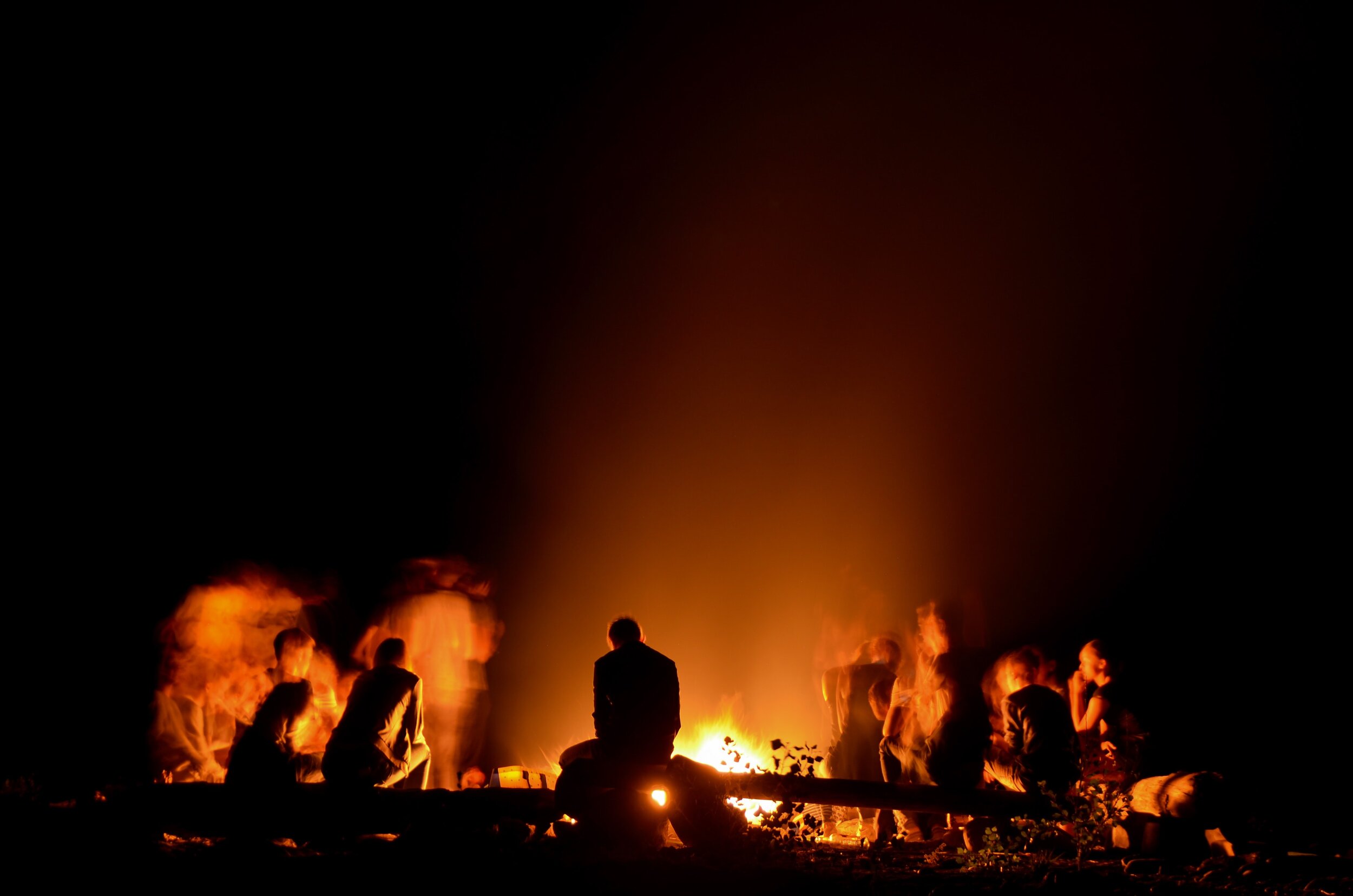Building inclusivity and kinship into public spaces
Alienation is typical in poorly designed public spaces that say “you’re not one of us” even in subtle ways. We need inclusion in many forms to make people feel welcome. Inclusion for people of varied physical abilities is regulated, but what about making people feel welcome in terms of feeling included emotionally, such as reflecting who we are as a person, our culture, or extended community?
Within such a rich multi-cultural environment as Australia, our spaces need to speak to all, not just the dominant narrative, in order to create spaces for all. It’s not about making a large gathering space dotted with generic design, furniture, and sculptures, but with thoughtfully designed, and unique element that speaks to our varied lived experiences.
As Perth Deputy Lord Mayor Sandy Anghie is pointing out, that even in 2021, “Where are the women?”
Whilst we acknowledge so many male achievements there is a lack of acknowledging… ahem… half the population plus the men outside the dominant, white, cis story. We need more reflection of actual diversity, our First Nations people, women, and reflections of our rich multicultural society.
My PhD research found 12 ways of building a sense of custodianship and inclusion in spaces. One of these ways is to create a sense of kinship, by reflecting community or family connectedness, basically feeling like the space relates to you and your past experiences. If we can visibly see reflections of our own life experience or community then when we no longer feel alienated.
Not exactly rocket science, right? Let’s get a broader sense of inclusion happening in our public spaces by reflecting our rich community diversity within our unique places.
As an example, our acoustic wall/ public art for the Perth Airport aimed to speak to visitors about the unique identity of Perth and Western Australia, yet make them feel welcome and part of our community, albeit only temporarily.
I found the words of Doolann Leisha Eattes inspiring. She is a well-respected Whudjuk/ Pibleman/Nyungah woman elder and we discussed how we could evoke cultural identity but also cross-cultural connectedness. Thereby not 'othering' but celebrating uniqueness whilst building empathy and understanding across the community.
Through collaboration with her and the Aboriginal Partnership Group at the Perth Airport, it was agreed to include a quote from her about childhood memories of sitting around the campfire and hearing cultural Dreamtime stories from her elders.
Not only does the work reference the specificity and uniqueness of this place such as the animals of Munday swamp, but it also has a unifying message. Our Aboriginal heritage is important, highly valued, and respected, taking centre stage when one first steps out of the customs area and arrives in Western Australia. Yet it reminds us that we have all sat around telling stories around the fire, under the stars. Here, in this place, we value and respect our cultural differences and our commonalities.


